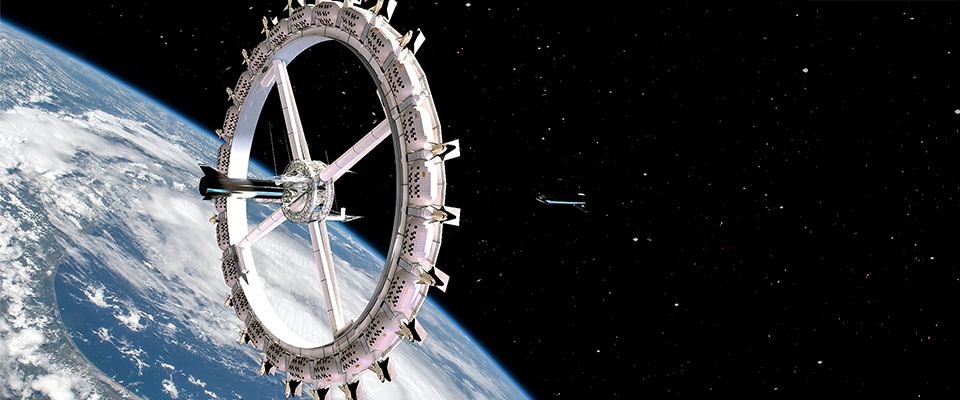Space has long been the province of dreamers. Science fiction writers have authored visions of our future with faster-than-light travel, colonies on other planets, and massive space elevators shuttling people to orbit.
But what will humanity’s real future in space look like? One person who might know the answer is engineer, former astronaut, and UC Berkeley alum Leroy Chiao, veteran of three space shuttle flights and a six-month stint on the International Space Station. For a man who’s seen Earth from above, Chiao has a relatively grounded view of mankind’s possibilities in space. Space elevators and other advanced technology are “neat theoretical ideas worth investigating, but probably a long way off,” he said.
Chiao is more focused on the routine realities facing space missions. These days, he serves on the NASA Advisory Council’s Human Exploration and Operations Committee, an independent expert body looking at the challenges and promises of human spaceflight.
One of the biggest obstacles to putting men and women in space isn’t rocket science—it’s the human body. Evolved and born on this planet, our species isn’t particularly suited to space. Zero gravity weakens our bones and muscles while the abundant radiation in space zaps our DNA.
Space radiation threats occur in two forms. The first comes from the sun, which randomly lobs massive radiation and charged particle storms from its surface. An unshielded human body caught in one of these maelstroms will quickly succumb to radiation poisoning, which can include skin blistering, vomiting, and death. Should one of these solar events occur during the outbound trip of a manned Mars mission, for instance, astronauts will have to hunker down in specially designed storm shelters for protection.
But a bigger worry, said Chiao, comes from low-level background radiation that permeates the space environment. Long-term exposure to this radiation, which can’t be effectively shielded against, will elevate astronauts’ risk of developing cancer over their lifetimes. New medicines are being created, and one day astronauts may be screened based on their genetic predisposition to develop cancer.

Once we’ve overcome such obstacles, where to? One idea, currently being pursued by the Obama administration, seeks to do some heavenly rearrangement by capturing a small piece of asteroid and parking it in orbit around Earth. Astronauts could then be sent to this little space rock to conduct scientific investigations. Other advocates would like the space community to focus on landing humans on Mars. But that would require tremendous investments of time and money. A more gradual movement outward might make more sense, suggested Chiao. “I think there’s a lot to be gained from the moon as a stepping stone to Mars,” he said.
He added that many countries, including Russia and China, are interested in further exploring the moon. An international effort led by the United States—which has been there before—would make a realistic and useful goal. NASA and other space agencies could use the moon as a test bed for new technology, such as advanced spacesuits and human habitats, before moving on to Mars.
As for those sci-fi dreams of humanity leaving terra firma en masse, Chiao said that such efforts are currently stymied by a rather mundane factor: cost. The price to get a pound of material to orbit averages about $10,000. Private companies such as SpaceX have managed to reduce that amount by as much as three-fourths, but Chiao and other experts think it would probably take another twofold reduction in price to really shake things up. That would probably require developing rockets that are much more efficient than current models.
Should a revolutionary propulsion method be invented, we might one day see regular flights to and from Mars. But that’s a very long journey—estimated to take at least 180 days each way. Chiao suggested that better infrastructure could help such exploration efforts, for instance having a space station orbiting at a waypoint between Earth and the moon.
No matter how it happens, Chiao sees human spaceflight creating many tangible benefits for our future, driving new technology, inspiring younger generations, and satisfying our inquisitive nature. “We as humans are curious,” he said. “We want to explore.”
Adam Mann is a freelance science writer and former California intern living in Oakland. He likes space, physics, and riding his bike.




















